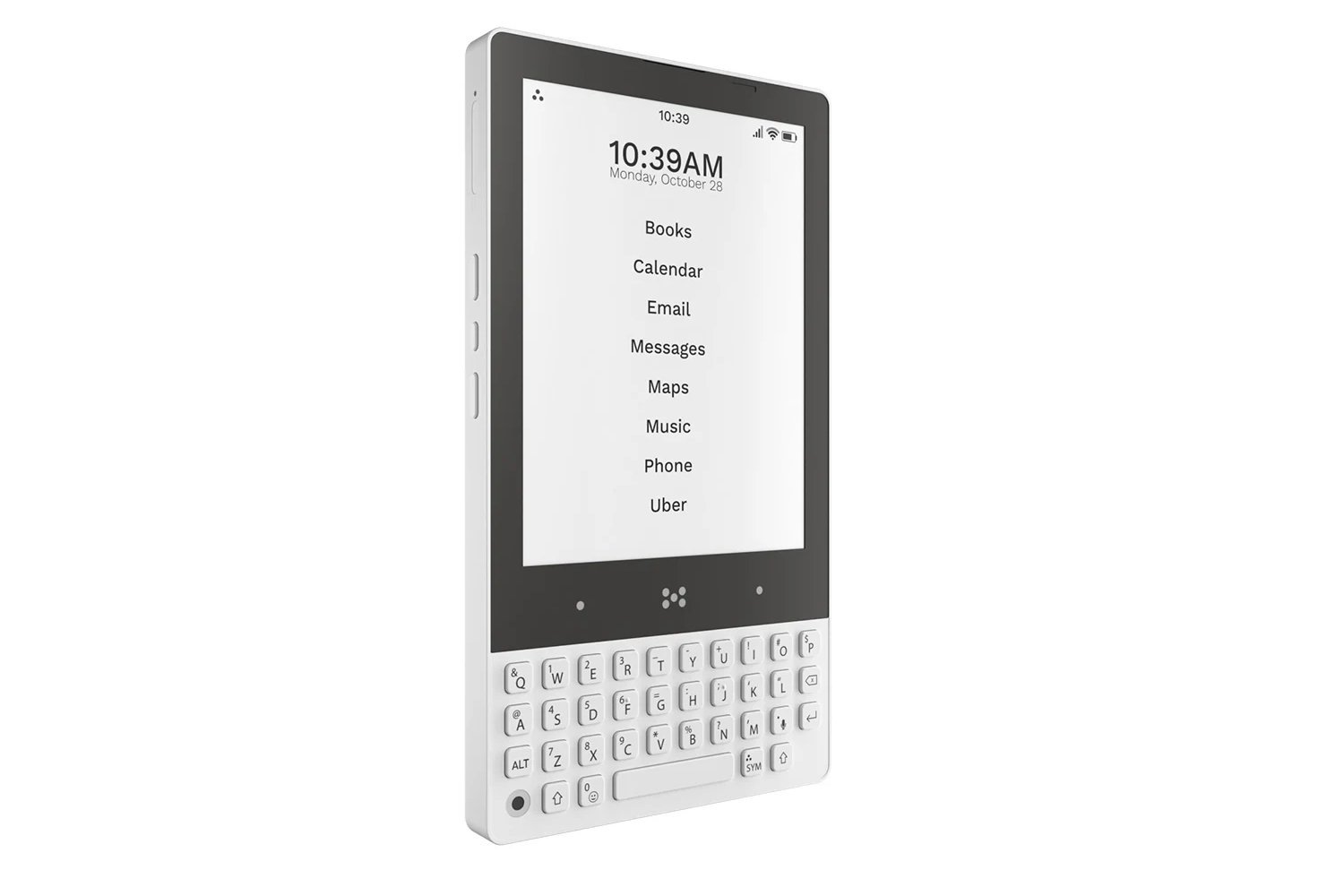Breaking: The Minimal Phone's E Ink Display Could Be Your Escape from Digital Addiction

E Ink technology has revolutionized digital reading, offering a paper-like experience that's gentle on the eyes and perfect for marathon reading sessions. However, when it comes to the dynamic world of smartphones, E Ink falls short of delivering the vibrant, responsive experience users have come to expect.
While E Ink displays excel at providing crisp, readable text with minimal eye strain, they struggle to keep up with the multimedia-rich, interactive nature of modern mobile devices. The technology's slow refresh rates and limited color capabilities make it challenging to create a truly compelling smartphone experience. Scrolling, gaming, and watching videos become frustratingly sluggish, rendering E Ink more of a niche technology for dedicated e-readers rather than a viable smartphone display solution.
Despite its limitations, E Ink remains a remarkable innovation in digital display technology. Its low power consumption and exceptional readability make it ideal for specific applications like e-readers and digital signage. But for those seeking a versatile, high-performance smartphone, E Ink simply cannot compete with traditional LCD and OLED screens that offer rich colors, smooth animations, and instantaneous responsiveness.

